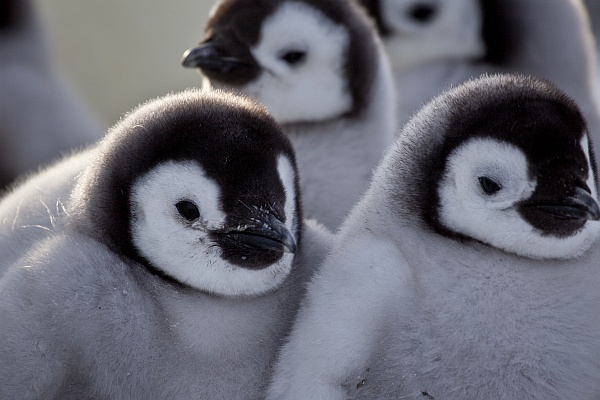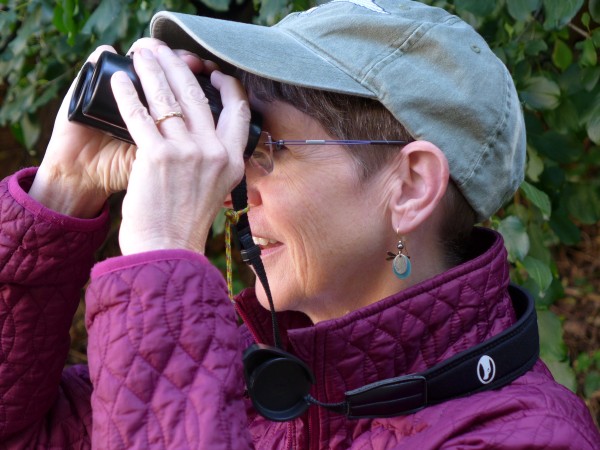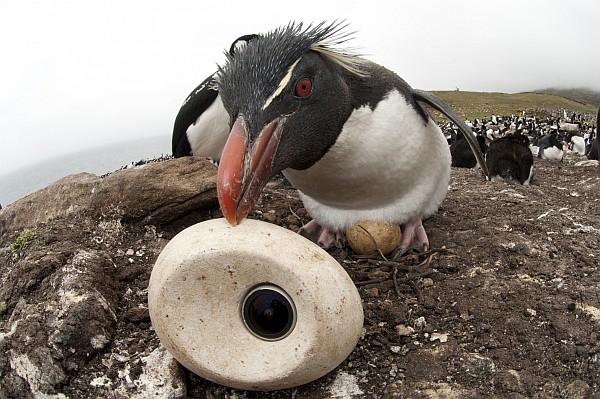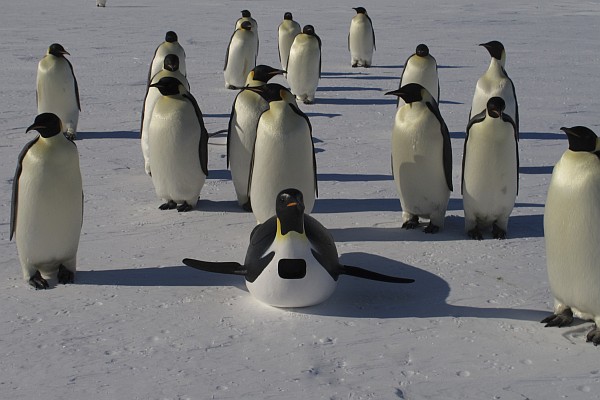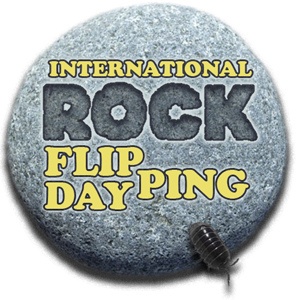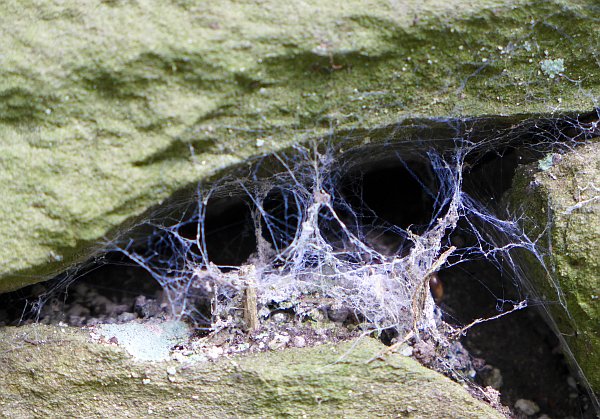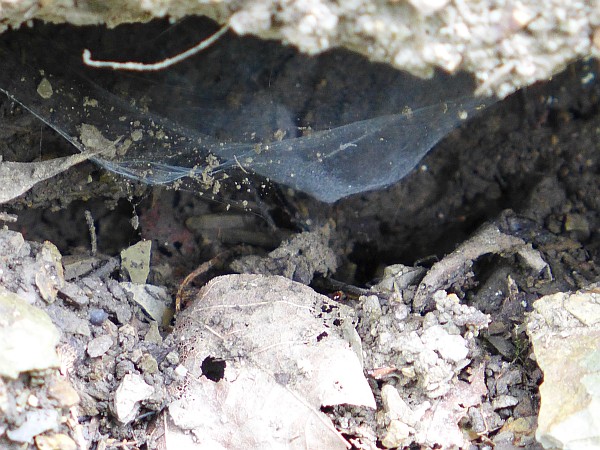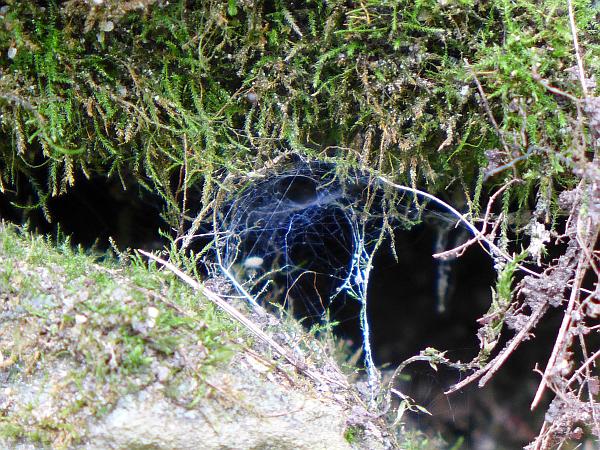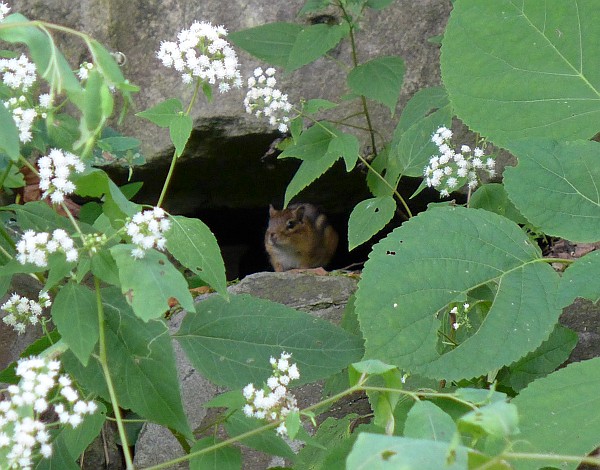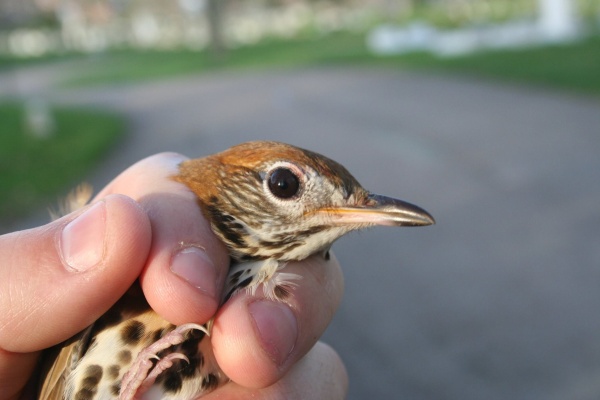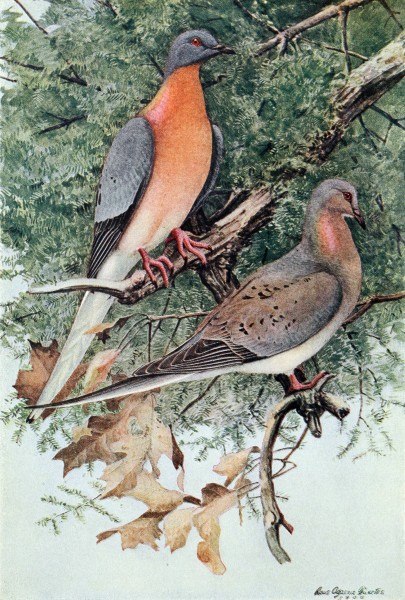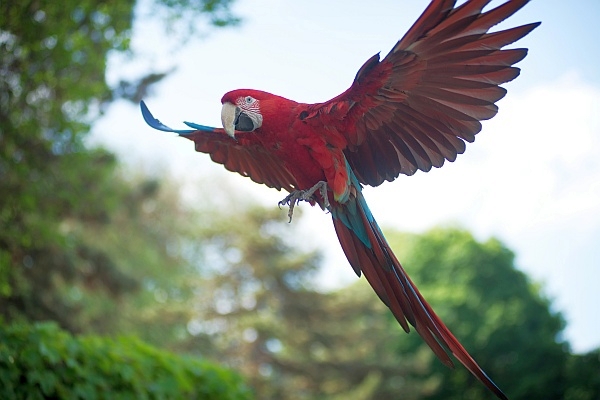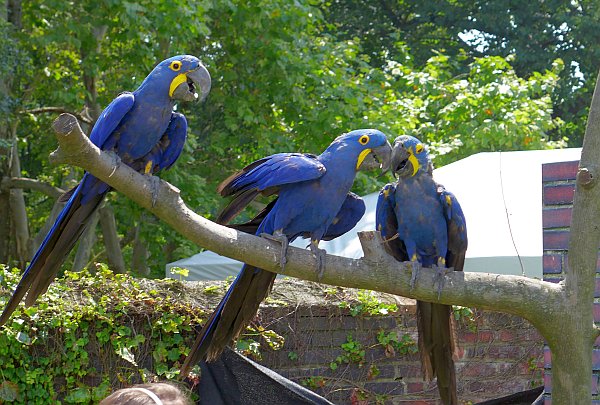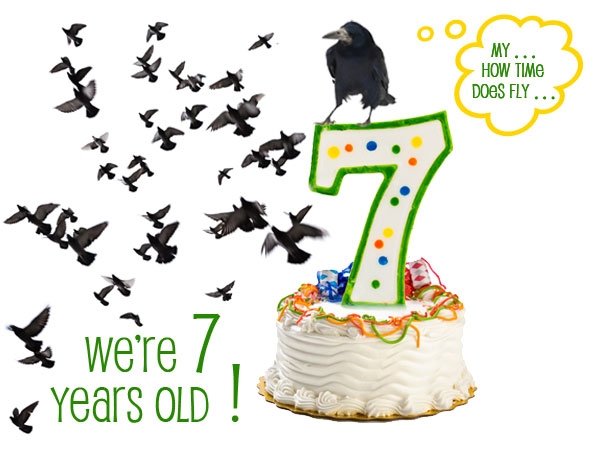
Seven years ago today I published my first-ever blog post. Who knew I’d still be writing Outside My Window seven years later and enjoying every minute of it? My, how time does fly!
You, dear reader, are the reason I keep going. Your interest and enthusiasm encourage me every day.
How much have I written, how much have you commented? Every year I look at the numbers.
- Number of posts since Outside My Window began: 2,461
- Total number of comments on the blog (not including Facebook & Twitter which probably double this total): 10,354 Wow! Thank you! I love to hear from you.
- Most prolific topic: Peregrine falcons, of course. 523 entries
- Top viewed post in the past year: By far the winner in this category is an article from 2012: Peregrine Versus Bald Eagle: Guess Who Won. On June 23, 2014 this article was linked in a Reddit conversation about Rufus the Hawk of Wimbledon fame. More than 6,660 people clicked through to see Peter Bell’s excellent photos of Dorothy attacking a bald eagle over Schenley Plaza. It was an amazing one-day spike at WQED.org. Outside My Window accounted for more than 77% of the entire site’s traffic. The referral came from “steve626.” Thank you, Steve Valasek!
- Highest number of comments on a post this year came from your congratulations on my retirement on September 30: More Time to Bird and Blog. I’ve been retired more than a month and am thoroughly enjoying myself. Busier than when I worked!
- Thanks to blogging I was most amazed to learn: Satellites can measure groundwater and the Armillaria fungus is the world’s largest living organism. These two lessons were doubly impressive because their news hit me twice. The satellites reported that the American West has a lot less groundwater than we thought and I felt dumb when I didn’t realize that Armillaria was what killed this tree.
I enjoy writing and am grateful for your comments, suggestions, and “shares” on social media. I’m also grateful for the many photographers who contribute photos and videos to this site. Without their photos I’d just be a pile of words.
Thank you, everyone. My, how time does fly!
(bird-thday graphic by Joan Guerin: The rook is watching a flock of pigeons.)
